In the dynamic landscape of transportation and logistics, the efficiency and reliability of trailer operations are paramount. At CarMax Vehicle, we specialize in manufacturing state-of-the-art pneumatic trailers designed to meet the rigorous demands of modern transport. This comprehensive guide delves into the intricacies of pneumatic trailer operation, offering detailed insights to enhance your understanding and optimize your fleet’s performance.
Introduction to Pneumatic Trailer Systems
Pneumatic trailer systems are integral to the functionality of modern semi-trailers, providing essential services such as braking, suspension, and stability. Unlike hydraulic systems, pneumatic systems utilize compressed air to perform these functions, offering distinct advantages in durability, maintenance, and performance. Understanding the operation of pneumatic trailers is crucial for operators seeking to maximize safety, efficiency, and longevity of their equipment.
Core Components of Pneumatic Trailers
A pneumatic trailer comprises several key components that work in harmony to ensure smooth operation. Each element plays a vital role in maintaining the trailer’s performance and safety standards.
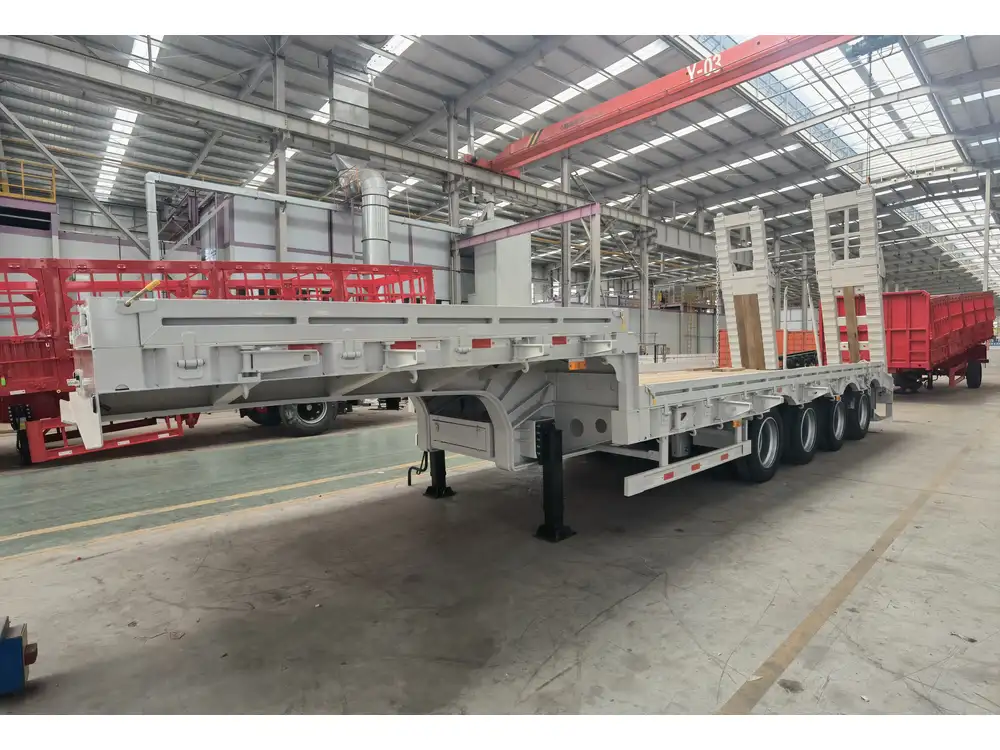
Air Brakes
Air brakes are the cornerstone of pneumatic trailer systems. They operate by using compressed air to apply pressure to brake pads, slowing down or stopping the trailer. The primary components include:
- Brake Chambers: Convert compressed air into mechanical force.
- Slack Adjusters: Maintain the correct distance between brake pads and drums.
- Brake Lines: Transport compressed air from the compressor to the brake chambers.
Suspension Systems
Pneumatic suspension systems offer superior load distribution and ride comfort compared to traditional mechanical suspensions. They consist of:
- Air Springs: Replace conventional steel springs, providing adjustable ride height and improved load handling.
- Ride Controllers: Manage air pressure in the springs to adapt to varying load conditions.
Air Reservoirs and Compressors
Air reservoirs store compressed air, ensuring a steady supply to the braking and suspension systems. Compressors replenish the air supply, maintaining optimal pressure levels. Key components include:
- Air Tanks: Store the compressed air needed for system operations.
- Engine-Driven Compressors: Provide continuous air supply during trailer movement.
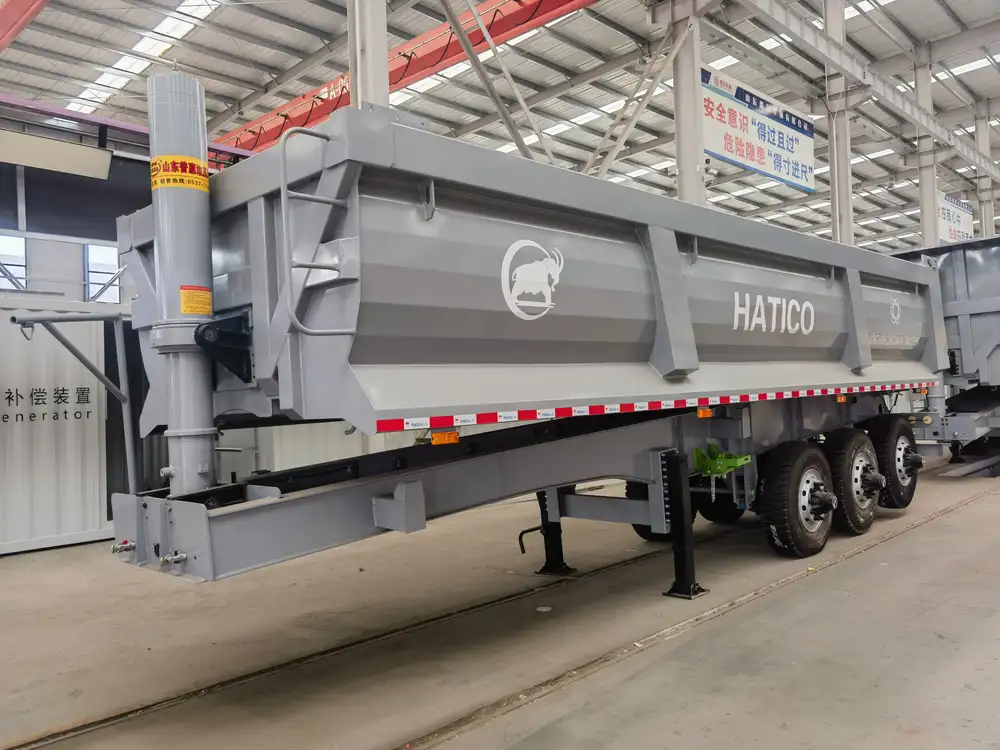
Step-by-Step Operation Procedures
Proper operation of pneumatic trailers ensures safety and extends the lifespan of the equipment. Below is a detailed guide to operating a pneumatic trailer effectively.
Pre-Trip Inspections
Before embarking on a journey, thorough inspections are essential to identify any potential issues.
- Visual Inspection: Check for visible damage, leaks, or wear on air hoses, brake lines, and structural components.
- Air Pressure Verification: Ensure air tanks are adequately pressurized, typically between 100-120 psi.
- Brake Functionality Test: Apply brakes to confirm responsiveness and absence of air leaks.
- Suspension Check: Inspect air springs for proper inflation and signs of wear.
Starting and Operating the Trailer
Once inspections are complete, follow these steps to operate the trailer smoothly:
- Connect to the Tractor: Ensure secure attachment of the fifth wheel and electrical connections for brake and suspension control.
- Activate the Compressor: Allow the compressor to pressurize the air tanks, reaching the desired pressure levels.
- Monitor Gauges: Keep an eye on air pressure gauges to detect any abnormalities during operation.
- Operate Smoothly: Apply brakes and adjust suspension controls as needed to maintain stability and control.
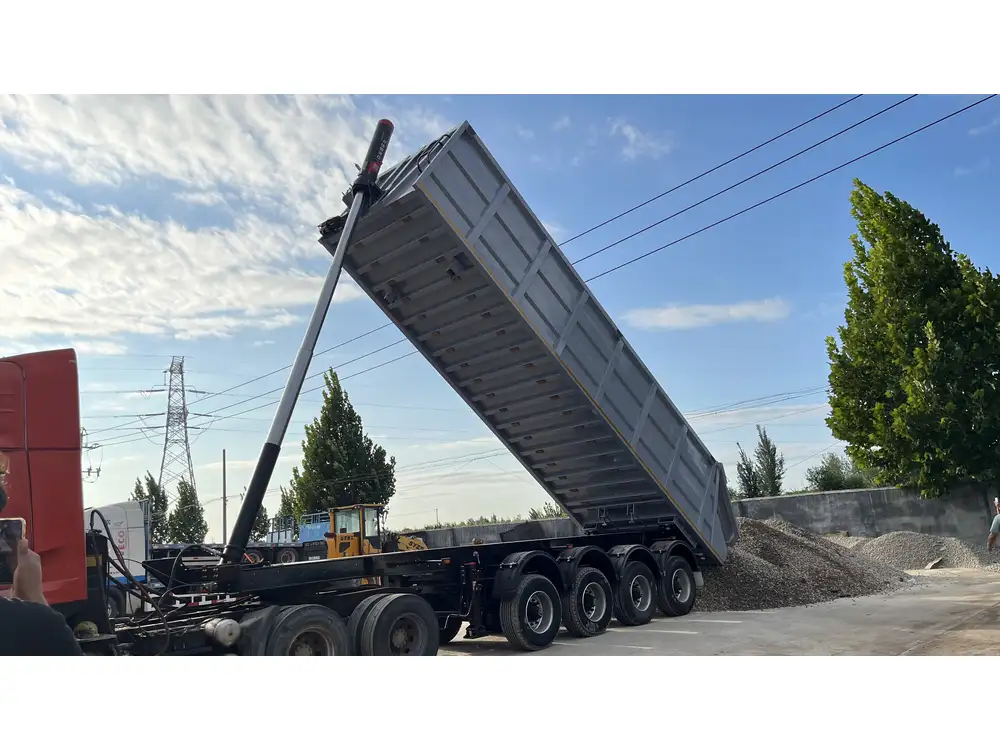
Stopping and Securing the Trailer
Proper stopping and securing procedures prevent accidents and equipment damage.
- Gradual Deceleration: Apply brakes smoothly to avoid abrupt stops that can strain the pneumatic system.
- Park on Level Ground: Ensure the trailer is on stable, level terrain to prevent rolling.
- Engage Parking Brake: Activate the parking brake to secure the trailer in place.
- Shut Down Systems: Turn off the compressor and disconnect electrical connections if necessary.
Advantages of Pneumatic Systems in Trailers
Pneumatic systems offer several benefits that make them a preferred choice in trailer operations.
Enhanced Safety Features
Pneumatic brakes provide consistent and reliable stopping power, essential for maintaining control during emergency situations. The ability to adjust air pressure ensures brakes respond appropriately under varying load conditions, reducing the risk of brake failure.
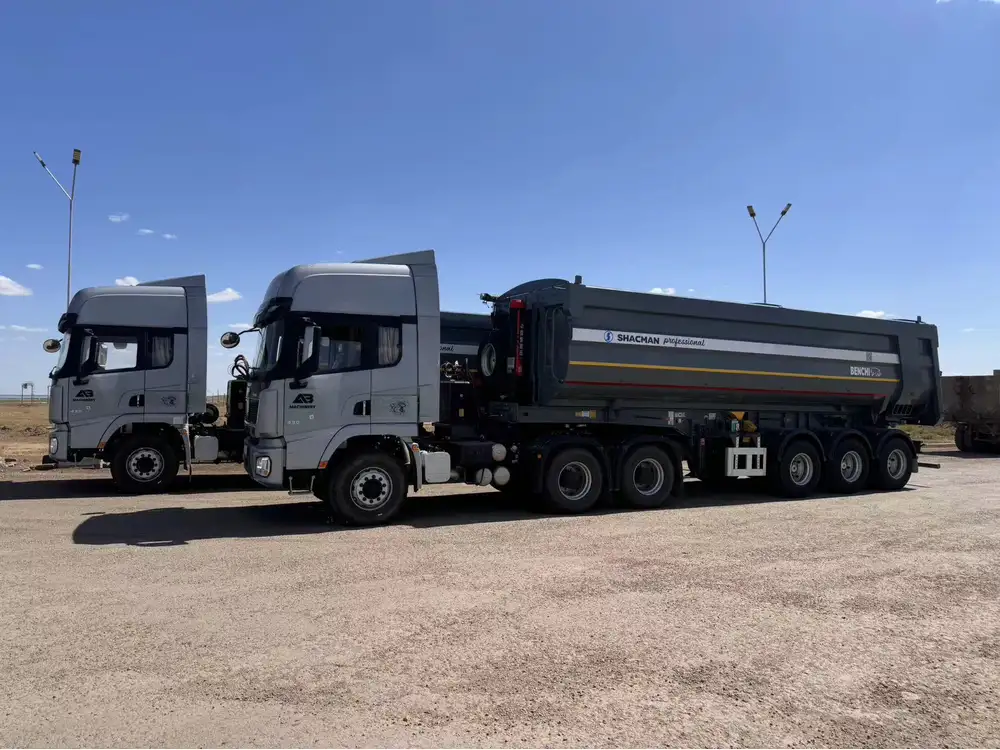
Superior Load Handling
Pneumatic suspension systems distribute weight evenly across the trailer, enhancing stability and reducing wear on individual components. This balanced load handling minimizes the risk of trailer sway and improves overall maneuverability.
Durability and Reliability
Pneumatic systems are renowned for their longevity and minimal maintenance requirements. Resistant to corrosion and capable of withstanding harsh environmental conditions, pneumatic components ensure sustained performance over extended periods.
Maintenance Best Practices for Pneumatic Trailers
Regular maintenance is crucial to preserve the efficiency and safety of pneumatic trailer systems. Adhering to a comprehensive maintenance schedule prevents breakdowns and extends the equipment’s lifespan.

Regular Inspection Routines
Implementing daily, weekly, and monthly inspection routines helps identify and address issues promptly.
- Daily Checks: Inspect air pressure levels, brake responsiveness, and visual condition of hoses and connectors.
- Weekly Inspections: Examine air tanks for moisture accumulation, assess brake pad wear, and test suspension functionality.
- Monthly Maintenance: Perform detailed checks on compressors, replace air filters, and conduct leak tests on the entire pneumatic system.
Troubleshooting Common Issues
Identifying and resolving common pneumatic system problems ensures uninterrupted trailer operation.
- Air Leaks: Locate and seal leaks in hoses, fittings, and brake chambers to maintain optimal pressure.
- Compressor Failures: Replace faulty compressors or repair damaged components to restore air supply.
- Brake Wear: Regularly replace worn brake pads and adjust slack adjusters to maintain braking efficiency.
Seasonal Maintenance Tips
Adapting maintenance practices to seasonal changes enhances system performance.
- Winter: Drain air tanks to prevent moisture freezing and insulate components against cold temperatures.
- Summer: Ensure adequate ventilation to dissipate heat generated by compressors and prevent overheating.

Comparing Pneumatic Trailers with Hydraulic Systems
Understanding the differences between pneumatic and hydraulic systems aids in selecting the appropriate technology for specific applications.
| Feature | Pneumatic Systems | Hydraulic Systems |
|---|---|---|
| Power Source | Compressed Air | Hydraulic Fluid |
| Maintenance | Lower maintenance, resistant to corrosion | Higher maintenance, prone to leaks |
| Load Handling | Excellent for heavy loads | Suitable for moderate loads |
| Durability | Highly durable in varied conditions | Less durable, sensitive to contamination |
| Cost Efficiency | More cost-effective in the long run | Higher initial and maintenance costs |
| Environmental Impact | Easier to manage air emissions | Potential for hydraulic fluid spills |
Performance Metrics
Pneumatic systems outperform hydraulic systems in terms of durability and maintenance needs. While hydraulic systems offer precise control, pneumatic systems provide robust performance under heavy loads with fewer maintenance interruptions.
Cost Analysis
Initial costs for pneumatic systems may be comparable to hydraulic systems; however, the long-term savings from reduced maintenance and increased longevity make pneumatic trailers more cost-effective for businesses focused on sustainability and efficiency.
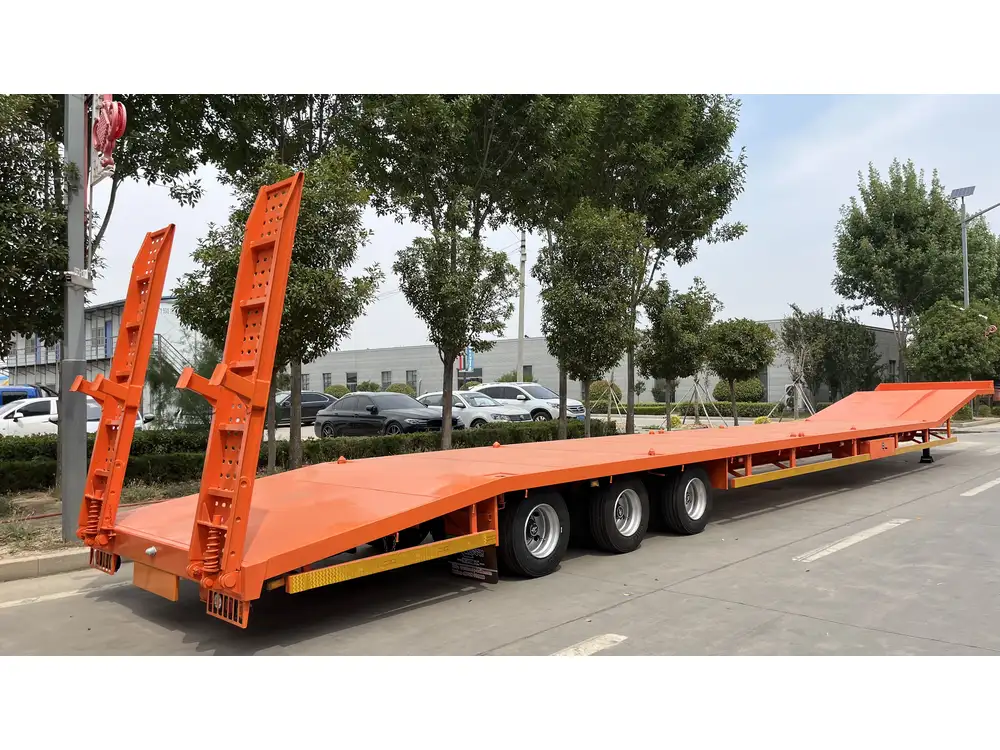
Application Suitability
Pneumatic trailers are ideal for applications requiring heavy load handling and durability, such as long-haul transportation and industrial logistics. Hydraulic systems are better suited for tasks that demand precise control and maneuverability in lighter load conditions.
Technological Innovations in Pneumatic Trailer Operation
Advancements in technology continue to enhance the functionality and efficiency of pneumatic trailer systems.
Automation and Smart Controls
Integration of automation and smart controls allows for real-time monitoring and adjustments of pneumatic systems. Advanced sensors and control units optimize air pressure levels, ensuring consistent performance and reducing the need for manual intervention.

Enhanced Monitoring Systems
Modern pneumatic trailers are equipped with sophisticated monitoring systems that track vital parameters such as air pressure, temperature, and brake performance. These systems provide operators with actionable data, enabling proactive maintenance and improving overall safety.
Future Trends
Emerging technologies focus on increasing energy efficiency, reducing environmental impact, and enhancing system integration. Innovations such as wireless monitoring, predictive maintenance algorithms, and eco-friendly materials are set to revolutionize pneumatic trailer operations.
Safety Protocols and Compliance Standards
Adhering to safety protocols and regulatory standards is essential for ensuring safe and legal trailer operations.

Regulatory Requirements
Compliance with regulations set by authorities such as the Department of Transportation (DOT) ensures that pneumatic trailers meet minimum safety and performance standards. Key regulatory aspects include:
- Brake System Standards: Adherence to specifications for air brake performance and reliability.
- Inspection Mandates: Regular mandatory inspections to detect and rectify system deficiencies.
- Emission Controls: Compliance with environmental regulations regarding compressed air systems.
Best Practices for Operator Safety
Implementing best practices enhances operator safety and reduces the risk of accidents.
- Proper Training: Ensure that all operators are trained in pneumatic trailer operation and emergency procedures.
- Use of Protective Gear: Mandate the use of appropriate personal protective equipment (PPE) to safeguard against potential hazards.
- Clear Communication: Foster effective communication among team members to coordinate trailer movements and operations safely.
Why Choose CarMax Vehicle for Pneumatic Trailers
At CarMax Vehicle, our commitment to excellence drives us to produce pneumatic trailers that set industry standards. Here’s why partnering with us benefits your operations:

Quality Assurance
Every CarMax Trailer undergoes rigorous quality control processes to ensure superior performance and reliability. Our advanced manufacturing techniques and stringent testing protocols guarantee that our trailers meet and exceed industry benchmarks.
Customization Options
We understand that each client has unique requirements. CarMax Vehicle offers a range of customization options, allowing you to tailor your pneumatic trailers to specific operational needs, including specialized braking systems, suspension configurations, and load capacities.
Exceptional Support Services
Our dedicated support team is available to assist with installation, maintenance, and troubleshooting. We provide comprehensive training programs to empower your operators and ensure seamless integration of pneumatic systems into your fleet.

Conclusion
Pneumatic trailer operation is a critical aspect of efficient and safe transportation. By understanding the core components, adhering to best practices, and leveraging technological advancements, operators can maximize the performance and longevity of their pneumatic trailers. CarMax Vehicle stands as a trusted partner, delivering high-quality pneumatic trailers designed to meet the evolving demands of the transportation industry.
Frequently Asked Questions
1. What are the main advantages of pneumatic trailers over traditional trailers?
Pneumatic trailers offer enhanced safety features, superior load handling, and greater durability compared to traditional trailers. Their air-based systems provide more reliable braking and suspension performance, especially under heavy loads and varying conditions.
2. How often should I perform maintenance on my pneumatic trailer?
Regular maintenance is crucial for optimal performance. Daily checks should include inspecting air pressure and brake functionality. Weekly inspections should cover air tanks and suspension systems, while comprehensive monthly maintenance should address compressors, air filters, and system leaks.
3. Can pneumatic trailers operate in extreme weather conditions?
Yes, pneumatic trailers are designed to function effectively in both extreme cold and hot environments. However, seasonal maintenance is essential to prevent issues such as moisture freezing in winter or overheating components in summer.
4. What should I do if my pneumatic trailer’s brakes are not responding properly?
If brake responsiveness is compromised, conduct a thorough inspection for air leaks, check air pressure levels, and ensure that brake chambers and slack adjusters are functioning correctly. If the issue persists, consult a professional technician to diagnose and repair the system.
5. How does CarMax Vehicle ensure the quality of its pneumatic trailers?
CarMax Vehicle employs stringent quality control measures, advanced manufacturing processes, and comprehensive testing protocols to ensure that every pneumatic trailer meets high-performance and safety standards. Our commitment to excellence ensures reliable and durable products for our clients.



